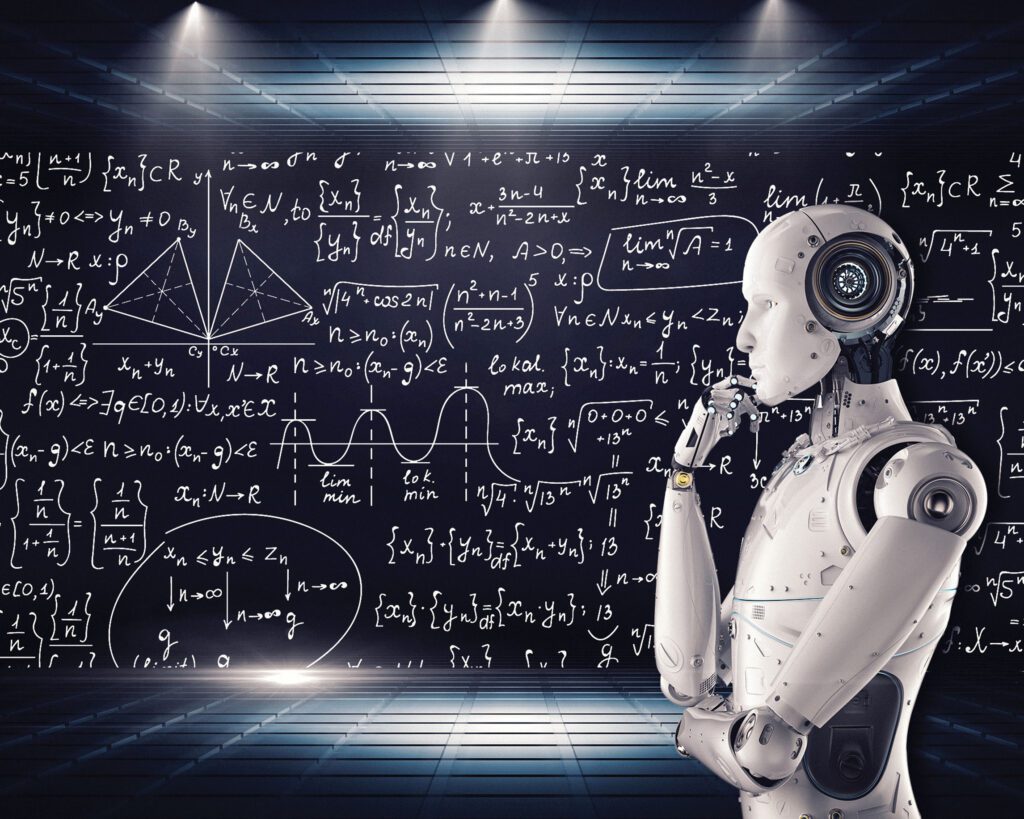In recent years, the power of robotics in modern warfare has become increasingly apparent. The rise of autonomous drones, unmanned ground vehicles, and robotic exoskeletons has revolutionized military operations, providing advanced tools that enhance capabilities on the battlefield. These robots can perform tasks that are too dangerous or difficult for humans, increasing efficiency and success in missions. However, there are also challenges and ethical considerations to be addressed, such as the potential for hacking or the autonomy of robots in combat. Despite these concerns, the future of military robotics looks promising, with advancements in AI algorithms and swarming robots that will reshape the future of warfare.
Unleashing the Power of Robotics in Modern Warfare: A Look at Military Tech
The Rise of Robotics in Warfare
Robotics technology has played a significant role in modern warfare, providing military forces with advanced tools that enhance their capabilities on the battlefield. From autonomous drones to unmanned ground vehicles, robotics has revolutionized how wars are fought and won.
Advantages of Using Robotics in Warfare
There are numerous advantages to using robotics in warfare. One of the main benefits is that robots can perform tasks that would be too dangerous or difficult for humans. For example, drones can fly into hostile territory to gather intelligence or carry out reconnaissance missions without putting human lives at risk.
Additionally, robots can be programmed to perform specific tasks with precision and accuracy, reducing the margin for error in military operations. This can lead to more efficient and successful missions, ultimately giving the military a strategic advantage over their adversaries.
Types of Robotics Used in Warfare
There are various types of robotics used in warfare, each serving a specific purpose on the battlefield. Some of the most common types of military robots include:
- Autonomous drones: These unmanned aerial vehicles can be used for surveillance, reconnaissance, and targeted strikes.
- Unmanned ground vehicles: These robots are designed to navigate rough terrain and perform tasks such as mine clearance and logistics support.
- Robotic exoskeletons: These wearable devices can enhance a soldier’s strength and endurance, allowing them to carry heavier loads and move more efficiently on the battlefield.
Challenges and Ethical Considerations
While the use of robotics in warfare offers many advantages, there are also challenges and ethical considerations that must be taken into account. One of the main concerns is the potential for robots to be hacked or manipulated by adversaries, leading to unintended consequences on the battlefield.
Additionally, there are ethical considerations surrounding the use of autonomous robots in combat, as they may not always adhere to human values and morals. This raises questions about accountability and the potential for robots to act independently without human intervention.
Future Developments in Military Robotics
As technology continues to advance, the future of military robotics looks promising. Scientists and engineers are exploring new ways to enhance the capabilities of robots on the battlefield, from developing more sophisticated AI algorithms to creating robots that can work alongside human soldiers as team members.
Additionally, there is a growing interest in the development of swarming robots, which can work together in large groups to complete complex missions more efficiently. These advancements will likely reshape the future of warfare, making it faster, more precise, and ultimately more effective.
Conclusion
The power of robotics in modern warfare is undeniable. From autonomous drones to robotic exoskeletons, military robots have revolutionized how wars are fought and won. While there are challenges and ethical considerations to be addressed, the benefits of using robotics in warfare far outweigh the risks. As technology continues to advance, the future of military robotics looks promising, with new developments on the horizon that will further enhance the capabilities of robots on the battlefield.
